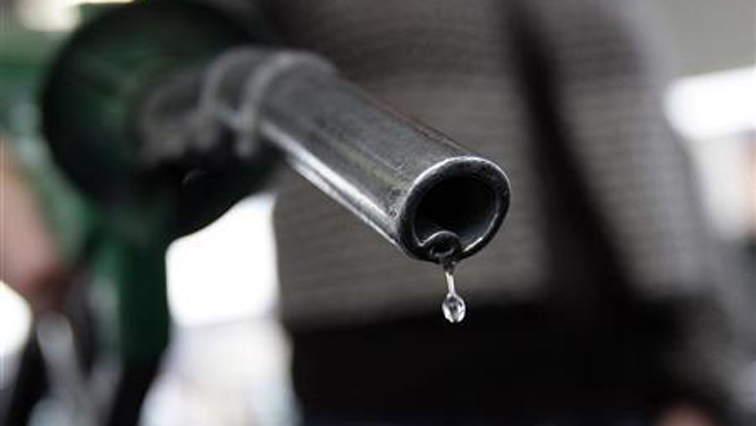Widespread gasoline shortages along the US East Coast began to ease slightly on Saturday as the nation’s biggest fuel pipeline said it was back to delivering “millions of gallons per hour” following last week’s cyberattack, and ships and trucks were deployed to fill up dry storage tanks.
The six-day Colonial Pipeline shutdown was the most disruptive cyberattack on record, triggering widespread panic buying by U.S. motorists that left filling stations across the US Southeast out of gas.
“We have returned the system to normal operations, delivering millions of gallons per hour to the markets we serve,” the company said on Saturday. The pipeline had begun its gradual restart on Wednesday.
More than 13 400 gas stations surveyed in the east and south by fuel tracking app GasBuddy were experiencing outages on Saturday, down from 16 200 early on Friday.
On Saturday afternoon, some 80% of gas stations in Washington, D.C. were still without fuel, an improvement from 88% without fuel late Friday, according to GasBuddy. Shortages also eased in North Carolina and Virginia, while remaining about the same in Georgia.
US gasoline demand, meanwhile, dropped 12.6% from the previous week, a decline that was likely due to an easing of “crazed” panic buying just after the pipeline shut, said Patrick De Haan, head of petroleum analysis at GasBuddy.
The nationwide average for a gallon of regular unleaded was $3.04 on Saturday, from $2.96 a week ago, according to AAA.
The pipeline outage accelerated increases in gasoline prices that were “already rising due to higher crude prices and demand ahead of Memorial Day,” said AAA spokesperson Ellen Edmonds, referring to the May 31 holiday that traditionally kicks off the US summer driving season.
Places served by the pipeline saw the biggest price jumps this week – 9 cents in D.C. and 21 cents in North Carolina – but they should also see prices decline again as supplies improve, Edmonds said.
Ships deployed under emergency waivers were also moving fuel from US Gulf Coast refiners to the northeast, while 18-wheel tanker trunks were ferrying gasoline from Alabama to Virginia, helping to stem the shortages.






